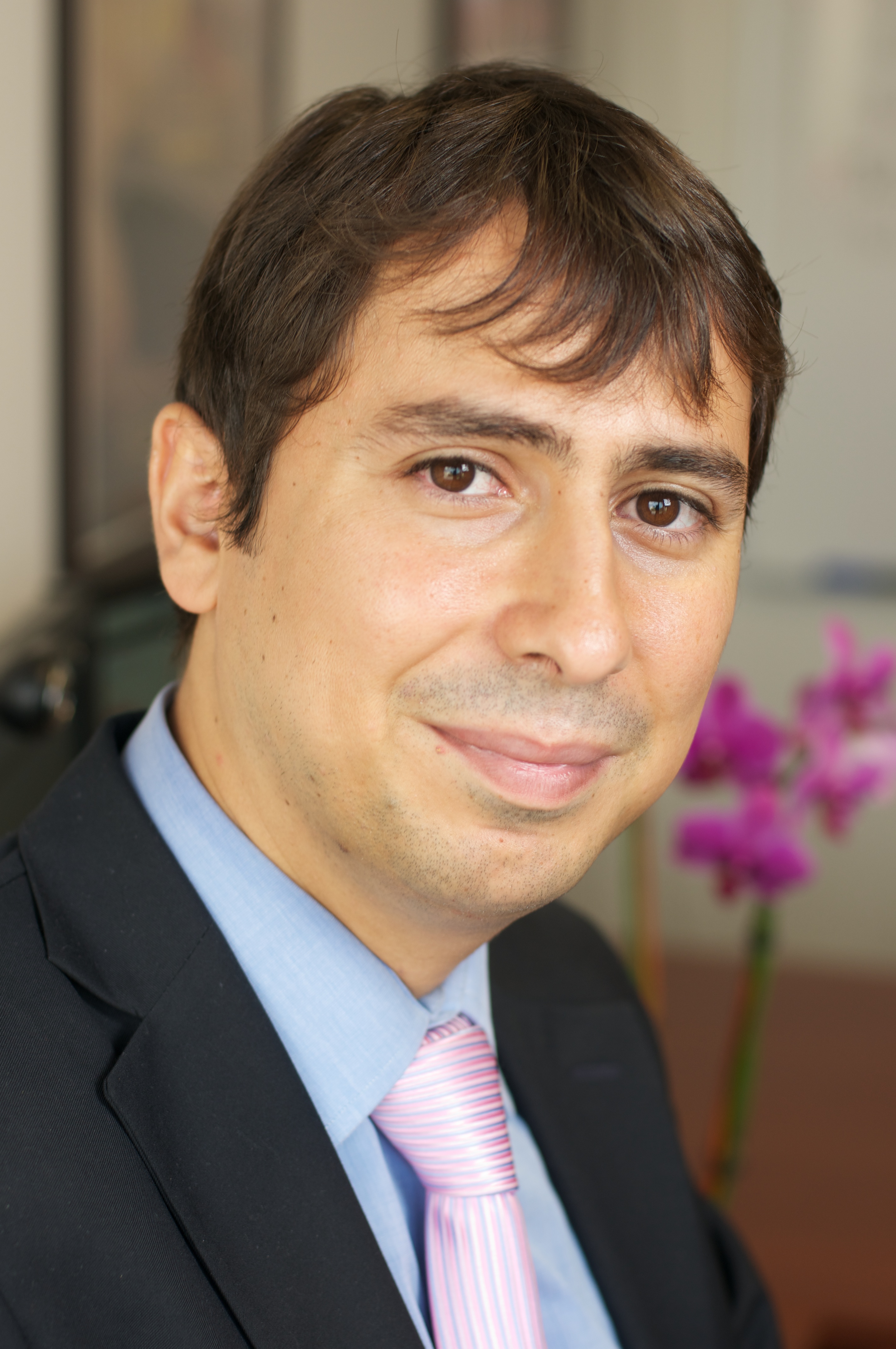Transportation has become the leading domain application associated with big data and artificial intelligence; such applications include roadway traffic detection and control, driver behavior monitoring, and vehicle automation. Decision-makers in Washington, D.C., are grappling with how to leverage connected and autonomous vehicles (CAVs) while still guaranteeing safety, mobility, and security for different agents in a complex urban setting.
Over the past 15 years, civil and environmental engineering (CEE) professor Samer Hamdar has extensively researched CAVs to accomplish this goal in D.C. and cities worldwide. From the U.S. Department of Transportation, Hamdar received a new task approved for $500,000 to continue the Autonomous Vehicles for All (AVA) project. With this continued project and his recent election to the District of Columbia Quality Initiative’s (DCQI) Innovation Steering Committee, Hamdar will continue assisting the D.C. Department of Transportation (DDOT) and the Federal Highway Administration (FHWA) in the evaluation and monitoring of CAVs.
Before CAVs can be deployed in a naturalistic environment, Hamdar asserts it is crucial to evaluate the technology from a safety, security, and mobility perspective. The key challenges to this research are related to the modeling approaches to be adopted and the integration of different modeling approaches to reproduce realistic behaviors in different interdependent networks.
Hamdar is the Director of the CEE Department’s Transportation Engineering Program, through which he has transformed GW’s campuses into a real-life testbed to conduct this research. He and his students collect different types of data to design, model, and analyze smart transportation networks in a connected and automated environment. Together, they have already instrumented two CAVs, added sensors on GW buildings and roadway segments, and specified the communication protocols needed to monitor such vehicles in controlled and naturalistic environments. The team is assisting DDOT in scaling such infrastructure to a different testbed region in Southeast D.C. with multiple intersections and traffic analysis zones.
Through his research, Hamdar will directly inform the decisions being made by D.C. leaders around evaluating and monitoring CAVs. His membership in DCQI comes as the most recent in a long line of positions through which he advises decision-makers on technology deployment and performance evaluation issues.
“Being a member of the DCQI will allow us to identify and communicate both the potentials and the risks of CAVs to a wide range of audiences while assisting decision-makers in setting guidelines for the use of such technologies. This role is a contribution to our local D.C. community but also a testament to our scholarly work that is renowned at the national and international levels,” Hamdar stated.


